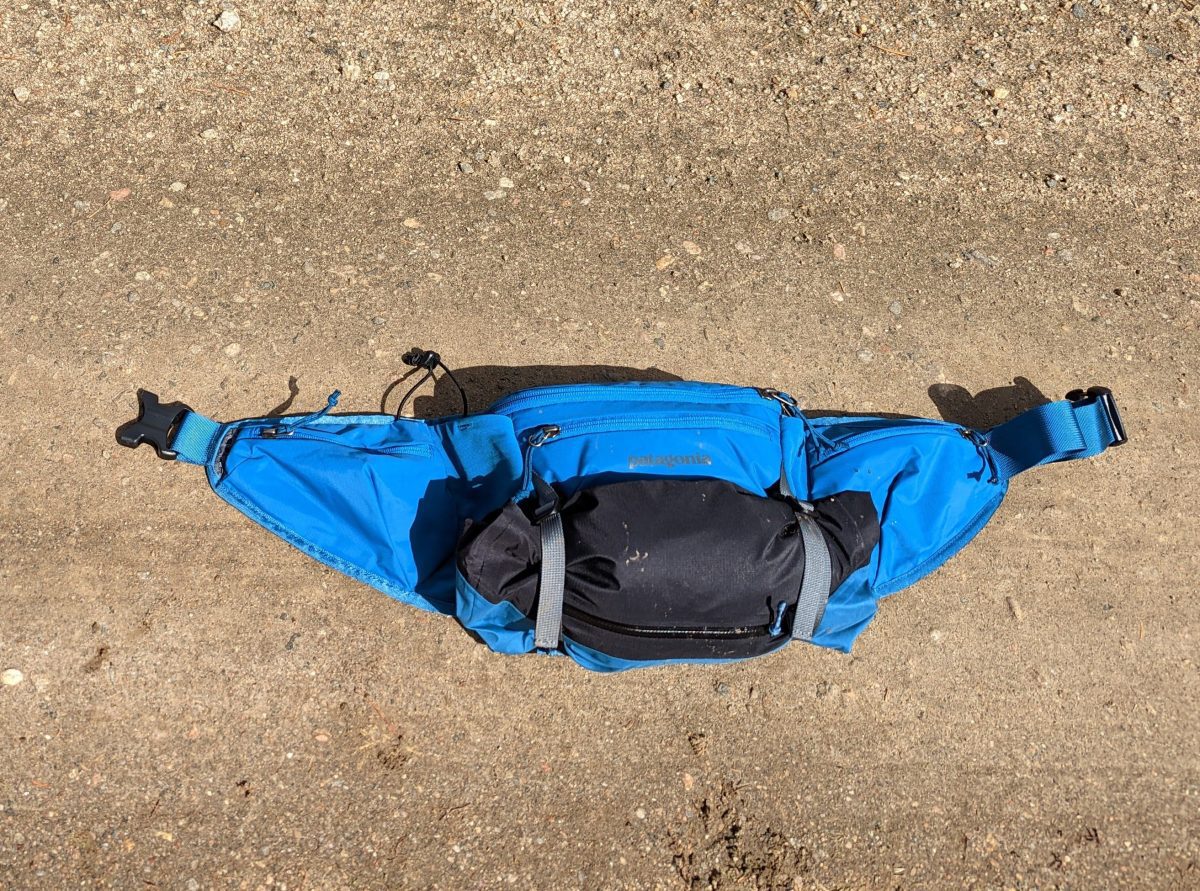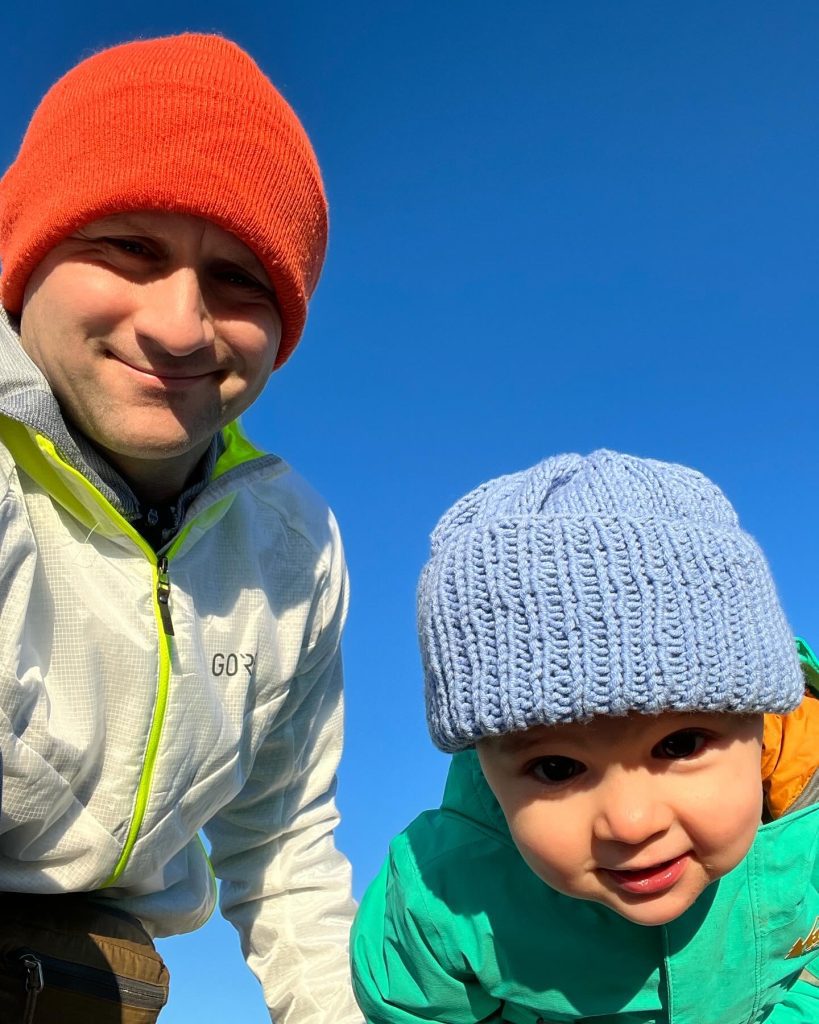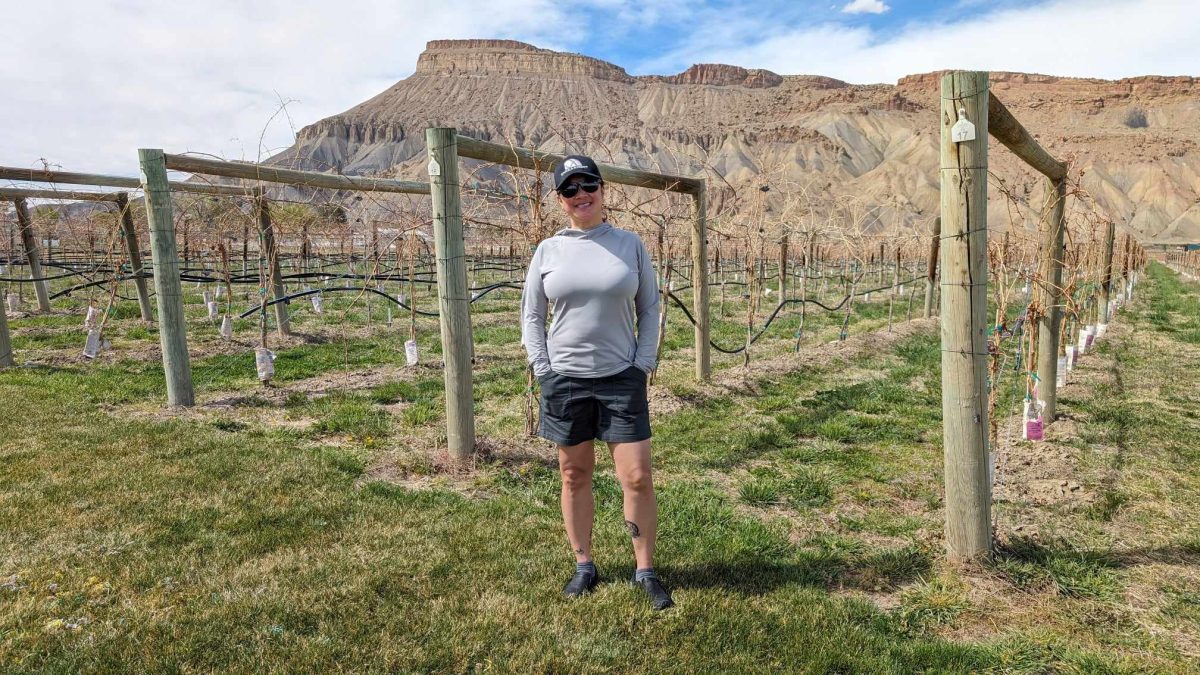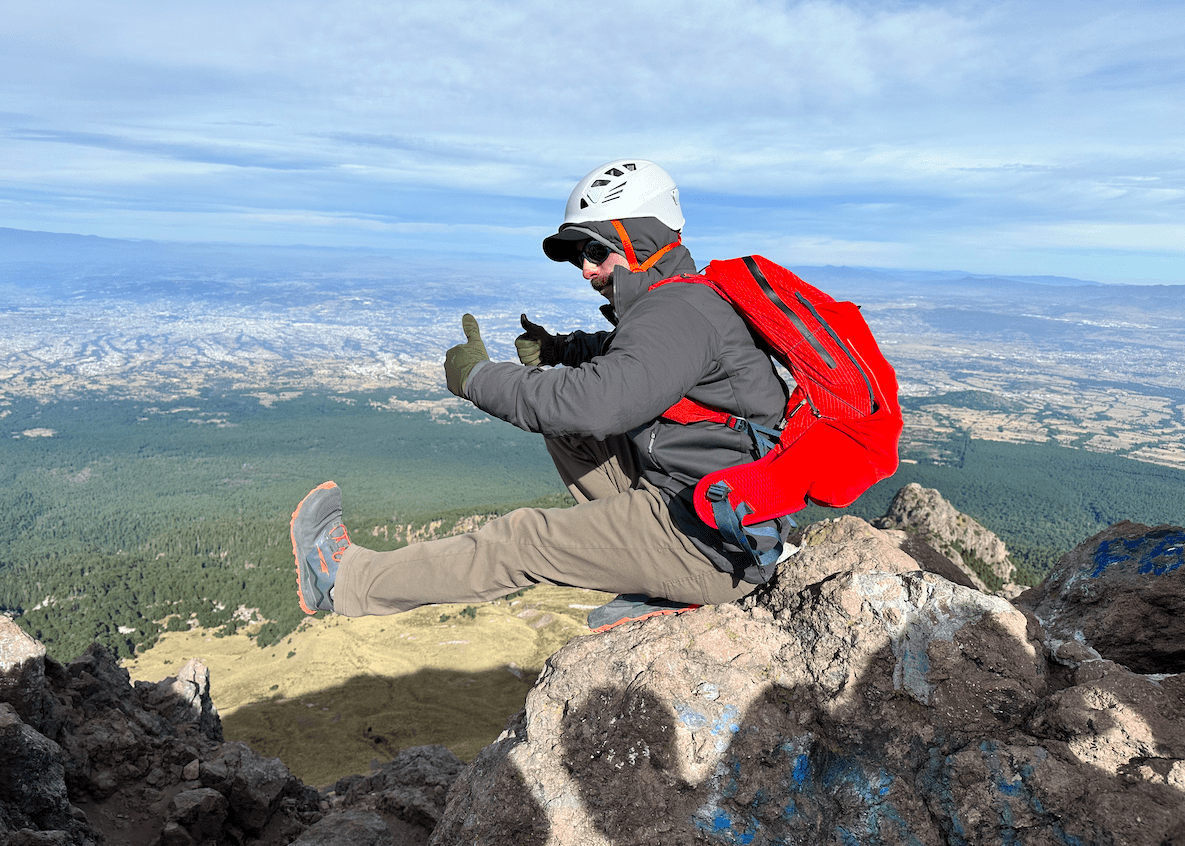Patagonia Dirt Roamer Waist Pack – 3L and Great Design
Drew Thayer
The Patagonia Dirt Roamer Waist Pack is a well-designed waist pack that holds what most mountain bikers need on a ride and carries it tight to the waist.
15 years ago, we were always mountain biking with backpacks, and there was quite the industry of mtb-specific backpacks with hydration bladders and loads of straps and buckles. Then someone must have realized that most mountain bike rides just don’t require that much stuff… and it’s much more pleasant to not ride with one’s back drenched in sweat all the time.
I certainly appreciate the free flow of air down my back. I’ve been happy to leave backpacks behind and ride with a fanny pack, and this is one of the most versatile mtb waist packs on the market, while remaining very simple.

What makes an mtb-specific waist pack worth more than any old fanny pack you could pick up at a thrift store for 5 bucks? It should ride well on the body over bumps, staying tight to the waist, maybe with a bit of padding. It should be able to carry water.
It should hold enough to ride for a few hours in varying conditions, meaning tools, some snacks, and some basic layer changes like a pair of warmer gloves and a windbreaker. Most of all, it should carry what you need in such a way that you forget it’s there!
The Dirt Roamer waist pack does all these things very well, with some fine details that mountain bikers will appreciate. First, the size – 3 liters – is about perfect for short to half-day rides, which is going to fit most people’s needs. I typically carry some mechanical basics – multi-tool, tire irons, compact pum, minimal first aid kit – and there is still ample room for my phone, sunglasses, windbreaker, gloves, and a few snacks.

Patagonia Dirt Roamer Waist Pack
This waist pack sits really well on the lumbar and rides comfortably. I ride a hardtail so I’m constantly moving up and down out of the saddle and I never feel this pack bounce, even when it’s fully loaded. Some subtle elements of the shape of the pack help it ride well: the main pocket has a box construction which allows it to hold a lot of small, hard objects (i.e. tools etc) without pressing them too hard against the back.
The two additional pockets that sit further forward on the hips do a nice job of spreading weight and bulk out, and are also super handy for grabbing a piece of bar or a gu packet while riding. The long taper of these pockets brings the transition from padded pack to webbing really far forward on the hip, which meaningfully reduces the chances of pinching the soft skin that folds on the abdomen while riding on the webbing. This is a subtle piece of the design, but I’ve worn red raw patches on my hips after riding with thrift-store fanny packs, so this is much appreciated!
Let’s talk about water. This waist pack uses the un-fancy strategy of two pockets that hold standard bike bottles. I have friends who have fancier packs with dedicated hydration bladders and really like that way of carrying water. Personally, I find that when I add enough water to sustain a multi-hour ride to my lumbar, I start to really notice the weight and bounce no matter how the waist pack is built. So for my riding and gear style, this waist pack works really well: for a short ride I carry a 20-oz bottle on my bike frame, and for a longer/hotter ride I can carry an additional bottle on the waist pack.
I have not ridden with 2 bottles on the pack; 40 oz of water would be a lot to carry back there, especially on technical trails. Also while drinking from a hydration bladder tube is convenient, the bladders themselves are pretty maintenance heavy (cleaning, drying) and susceptible to punctures. A pack that carries standard bike bottles is really versatile, since everyone seems to have a few lying around in their pantry/garage/trunk of their car, and you can buy them just about anywhere you might be traveling to ride.
Some final design notes: the loose end waist strap slots easily into a recess beneath the right front pocket, which means no long strap flopping around near your front tire… a nice touch. Also, I’ve found that the water bottle pockets are about the right dimensions to snugly hold a balled-up light windbreaker, which is handy if you want to create a little more space.
Finally, there are two slide-buckle straps on the lower rear of the pack that Patagonia advertises as a place to carry knee pads. While I’m not gnar enough to ride with knee pads, I’ve found that this is a great place to carry a higher volume layer like a fleece or Patagonia’s new bike-specific Dirt Roamer Storm jacket, as long as I take 10 seconds to roll it up neatly. I’m pretty excited about this carry option as it allows me to approach longer and/or wetter rides this Fall with only a waist pack.
Bottom line
The Patagonia Dirt Roamer Waist pack rides well with weight, is comfortably padded and breathable, and allows easy access to snacks while riding. This pack can accommodate longer rides by carrying up to 2 bike bottles and knee pads or a larger jacket rolled up on the back. At $70, it is actually pretty good value for a higher-end bike-specific waist pack, which run past $90.






Leave a Reply